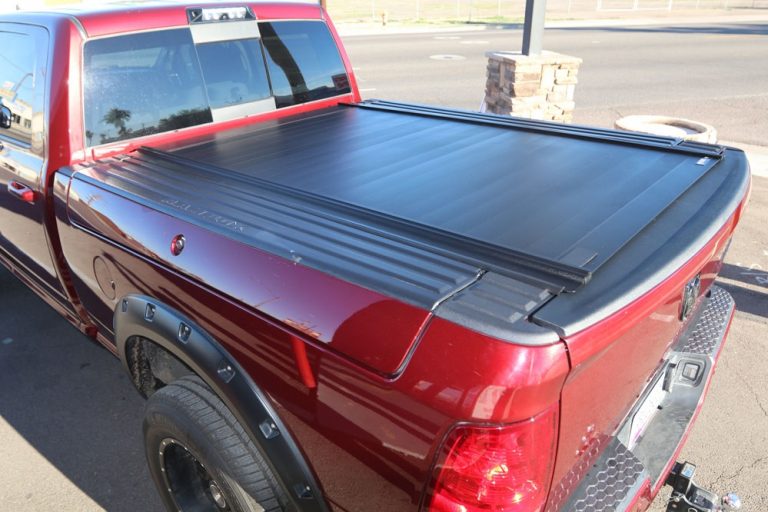
They are classified as medium duty commercial trucks. These manufacturers are called "upfitters" or "body builders."īox trucks usually range between Class Three and Class Seven in their gross vehicle weight rating, meaning that they are between 12,500 and 13,000 pounds. Other manufacturers then use these cab/chassis to attach the cargo boxes to. However, GMC has stopped making them in recent years. You generally do not need a commercial driver’s license to drive a box truck, so they are popular with non-professional drivers who need cargo space for short-term transportation jobs like moving from one home or business to another.įord, Dodge and Chevy/GMC have been the traditional makers of the cab/chassis for box trucks. You'll see them rented out by moving companies like U-Haul and Ryder, where they are used by companies and individuals hauling appliances, boxes and furniture. The cargo areas of box trucks are generally bolted on to the frame, and allow easy hauling for both commercial and non-commercial purposes.īox trucks are used to haul cargo that is too big for the average car or truck. Smaller box trucks often have cabs manufactured for vans. The body on a box truck is sometimes called a dry van body or a cargo van. Some trucks allow you to access the cargo area from the cab, while on others you can't.

They have a roll-up door similar to a garage door in the back of the cargo area.

There are some exceptions to this, but not many in the United States. Box trucks are usually between 12 and 21 feet long.


 0 kommentar(er)
0 kommentar(er)
